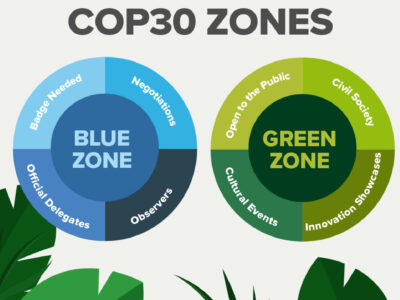
The concept of sustainable development encompasses not only environmental sustainability, but also economic sustainability, and sociopolitical sustainability. There may be no bigger an issue when taking into account the three aspects of sustainable development than the issue of global water scarcity and the growing gap between water supply and demand.
Water is arguably our most precious and invaluable natural resource; however, it is often taken for granted. Although freshwater is a renewable resource, it is also changeable and a limited natural resource. As a result of increasing populations and unsustainable practices in water usage such as in the field of agriculture, which is the number one human activity that consumes the most freshwater, severe strains on freshwater resources are being felt around the world, especially in the rapidly developing countries of China and India. Coupled with poor water management policies and a lack of investment in water infrastructure, there is growing concern for the competition of scarce water resources. The Pacific Institute, headed by Dr. Peter H. Gleick, has detailed a water conflict chronology to understand the connections between water resources, water systems, international security and conflict, and the economic and social development disputes.
In response to the challenges of managing our water resources on a global and local scale, there has been an increasing awareness developing about water issues as witnessed on world water day 2010. The progress that is being made, however, is limited and overall too slow according to a report put together by consultants of McKinsey & Company on behalf of the 2030 Water Resources Group, a coalition of concerned water-dependent companies such as Coca-Cola, SAB Miller, and the World Bank Group. The concerns stem from an analysis of the increasing business risk and economic threat that water scarcity poses. Charting our water future: Economic frameworks to inform decision-making is aiming to accelerate the progress of economic and political reform by providing the necessary analytical framework to help facilitate decision making and investment into solving the water crisis. In the report, a shocking statistic details that 42% of all projected water demand in 2030 will come from just four countries: China, India, South Africa, and Brazil.
What we are facing in this critical point in time is a rapidly changing world. With world populations projected to increase to over 9 billion by 2050 and the effects of climate change, the time to revamp our strategy in response to global water scarcity needs to happen now. Fortunately, organizations such as the Pacific Institute and the 2030 Water Resources Group recognize the urgency needed to solve the water crisis. The study done by McKinsey & Company and the 2030 Water Resources Group provides us with the framework needed to sustainably develop our needs for scarce water resources by 2030. Now that sufficient economic data and management strategies are being looked into more and more, the implementation of more fact-based water policy needs to start changing now.
The next post in this series will detail specific strategies and proposed solutions in dealing with the issue of water scarcity.




[…] up on my previous post, “Creating a Sustainable Water Future”, I will now go over a few of the steps that are being taken to better assess the current and […]